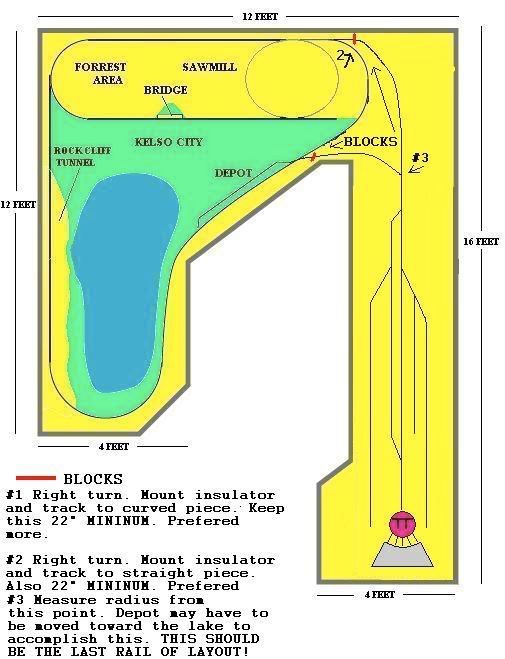Im deep into the wiring jungle. Well, im getting ready to enter the jungle. But before I do, I have to remind myself how little about it I actually know. Im learning as much as I can before bothering you fine folks.
However, I do have two questions.
1. what is the general rule for how many points of contact I should have with my rail from the power pack? I said that totally wrong. I guess my question is, by the time my trains get 50 feet away from the power point, does the voltage drop? Is there a equation to figure how many leads you need to connect to the rail? Is one enough? Of course I undertand each block must have its own lead, but what if that block is HUGE? I hope that makes sense.
2. What is the reommended gauge wire for primary power in HO DC layout?
Thanks ahead of time. I have yard updates comming really soon!
TJ
However, I do have two questions.
1. what is the general rule for how many points of contact I should have with my rail from the power pack? I said that totally wrong. I guess my question is, by the time my trains get 50 feet away from the power point, does the voltage drop? Is there a equation to figure how many leads you need to connect to the rail? Is one enough? Of course I undertand each block must have its own lead, but what if that block is HUGE? I hope that makes sense.
2. What is the reommended gauge wire for primary power in HO DC layout?
Thanks ahead of time. I have yard updates comming really soon!
TJ


